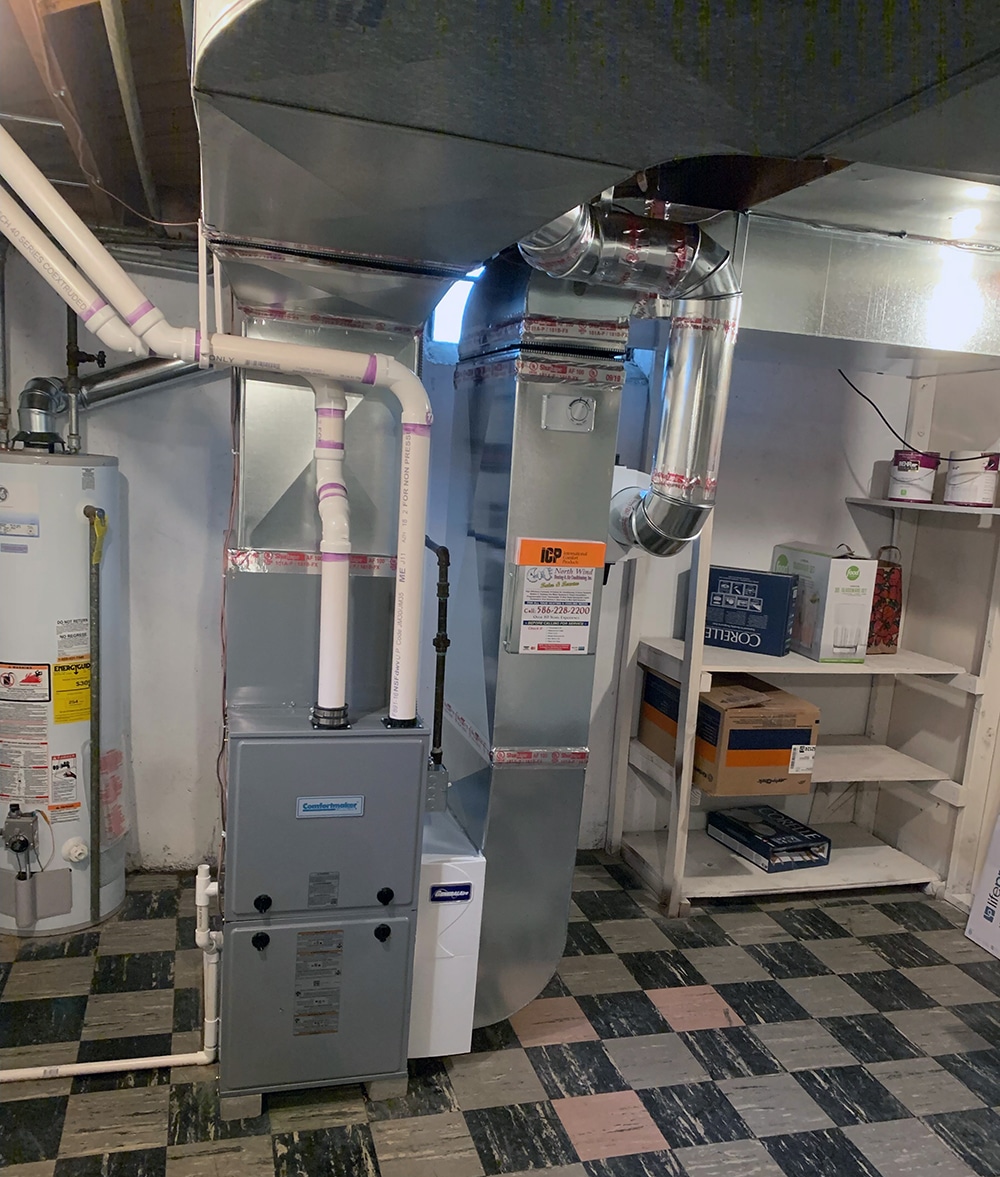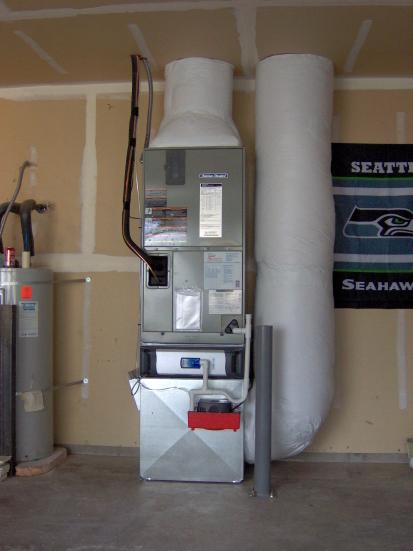Need furnace repair? Trust our HVAC company to get your system running smoothly
Wiki Article
The Ultimate Guide to Furnace Installation for a Cozy Home
Heater installment is a crucial facet of preserving a comfy home environment, specifically during the chillier months. As you take into consideration these factors, the concern stays: what steps can you take to ensure your heating system serves you well for years to come?Kinds of Heating Systems

Gas heaters are the most typical selection as a result of their effectiveness and lower operational expenses. They use natural gas or propane, supplying fast home heating and constant performance, making them excellent for cooler climates.
Electric furnaces, while typically much easier to set up and keep, tend to have greater functional prices. They are typically preferred in locations where gas solution is inaccessible or for homes with existing electric infrastructure.
Oil furnaces, though much less usual today, stay a feasible option in specific regions. They burn heating oil, which can be useful throughout chillier months, however their dependence on oil shipment poses possible challenges.
Furthermore, there are high-efficiency versions readily available across these types, which can substantially reduce power usage and energy expenses - furnace installation. Eventually, understanding these heating system kinds will help house owners choose a system that lines up with their heating needs, budget plan, and energy choices
Picking the Right Dimension
Choosing the appropriate size for a furnace is important to guaranteeing ideal efficiency and power efficiency. An undersized furnace will have a hard time to maintain comfy temperature levels throughout the chilly months, bring about increased wear and tear, greater power expenses, and possible system failing. On the other hand, an oversized furnace may cycle on and off too regularly, resulting in ineffective heating and unequal temperature circulation within the home.To establish the appropriate heating system dimension, a computation known as the Guidebook J load computation must be executed. This process examines various aspects, consisting of the square video of the home, insulation levels, home window dimensions, and local environment problems. This comprehensive evaluation makes sure that the heating system fulfills the specific heating needs of the area.

Installment Process Overview
In terms of materials, you will certainly need ductwork, insulation, and securing tape to ensure ideal airflow and power effectiveness - furnace installation. It is also important to have a brand-new heating system filter available, in addition to airing vent materials, such as PVC pipeline or metal flue, depending on the kind of heating system being installed
Safety and security devices, including handwear covers, goggles, and a face mask, is additionally important to safeguard versus dust and particles during installation. Having all these devices and materials easily available not just streamlines the procedure but additionally enhances the safety and security and effectiveness of the heater installation.
Upkeep Tips for Longevity
To make sure the longevity of your heating system, it is necessary to apply a routine maintenance routine that addresses crucial components of the system. Begin by changing or cleaning the air filter each to three months, as a stopped up filter can restrict air flow and decrease effectiveness. In addition, examine and cleanse the blower assembly to stop dirt accumulation that can impede efficiency.Following, check the thermostat settings and rectify if necessary to make sure exact temperature policy. Evaluate the ductwork for leaks or obstructions, as this can lead to energy loss and irregular heating. Routinely lube the electric motor and bearings according original site to the manufacturer's suggestions to lessen damage.
Expert assessments should happen every year, where a certified professional can assess the furnace's overall condition, look for gas leakages, and make sure that safety and security attributes are operating appropriately. Take into consideration mounting a programmable thermostat to optimize energy use and preserve constant home temperature levels. By adopting these upkeep methods, you can enhance your heater's performance, prolong its life expectancy, and eventually take pleasure in a relaxing and comfortable home environment.
Conclusion

Report this wiki page